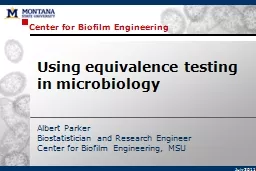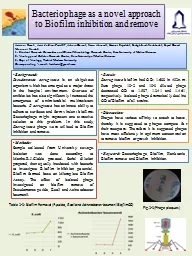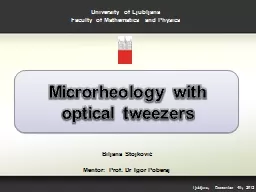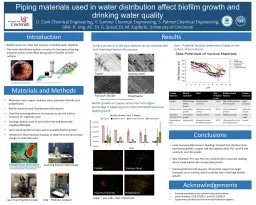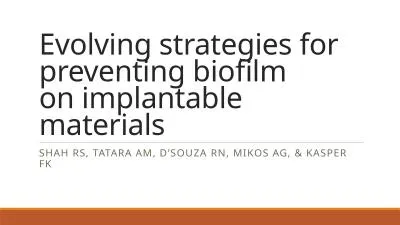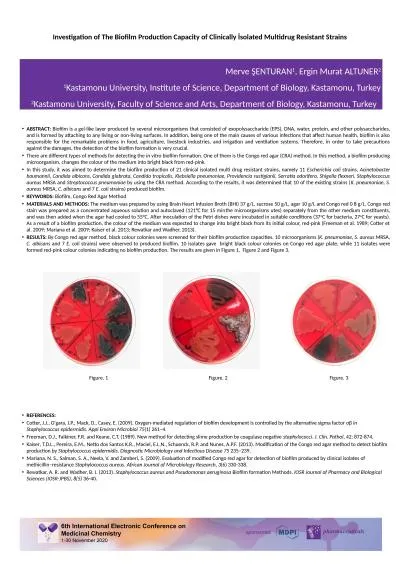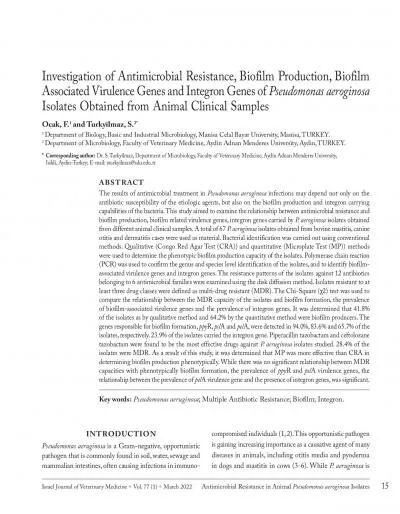PPT-Center for Biofilm Engineering
Author : myesha-ticknor | Published Date : 2018-10-14
July 2011 Albert Parker Biostatistician and Research Engineer Center for Biofilm Engineering MSU Using equivalence testing in microbiology Standardized Biofilm
Presentation Embed Code
Download Presentation
Download Presentation The PPT/PDF document "Center for Biofilm Engineering" is the property of its rightful owner. Permission is granted to download and print the materials on this website for personal, non-commercial use only, and to display it on your personal computer provided you do not modify the materials and that you retain all copyright notices contained in the materials. By downloading content from our website, you accept the terms of this agreement.
Center for Biofilm Engineering: Transcript
Download Rules Of Document
"Center for Biofilm Engineering"The content belongs to its owner. You may download and print it for personal use, without modification, and keep all copyright notices. By downloading, you agree to these terms.
Related Documents

